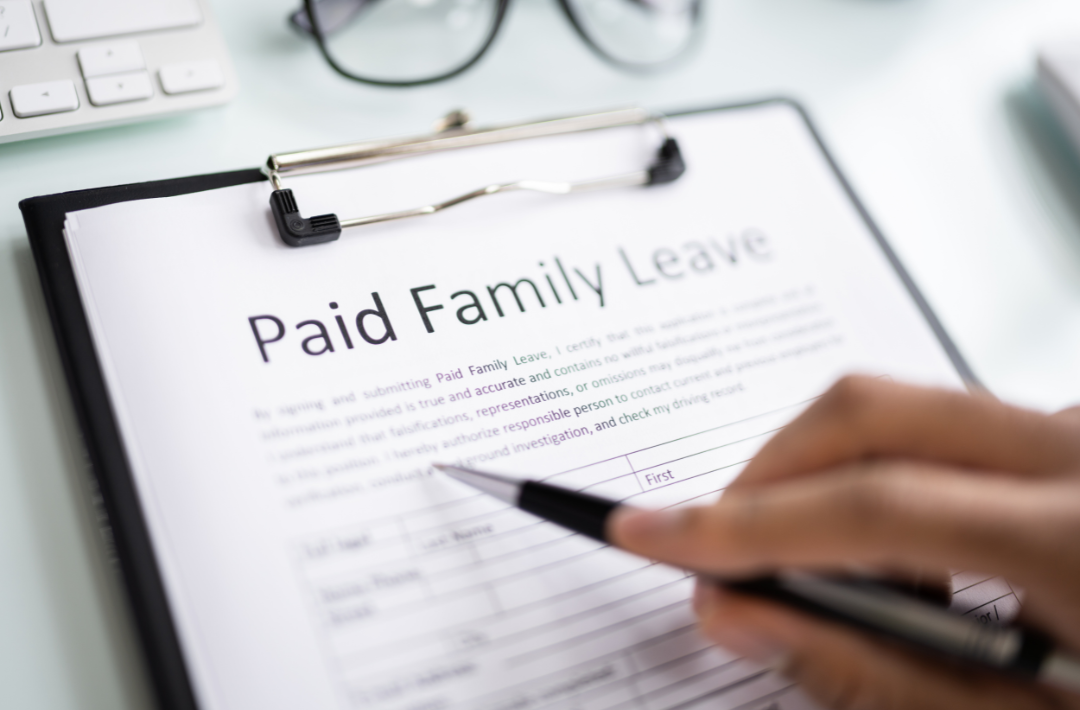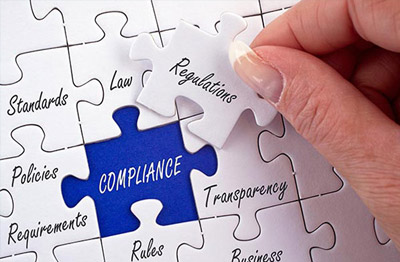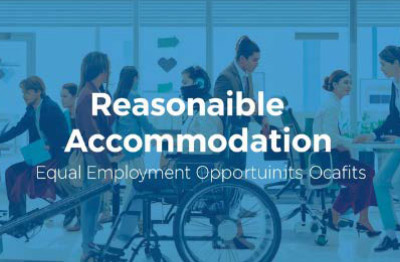Understanding California’s Paid Family Leave Program
Posted on July 24, 2025

California’s Paid Family Leave (PFL) program is a vital resource for employees navigating major life events. Whether bonding with a new child or caring for a seriously ill family member, the program provides financial support during challenging times. Employers and HR professionals—often with the help of HR services and consulting—ensure employees understand and access these benefits while staying compliant with regulations. This post outlines the key aspects of California’s PFL program, helping employers better support their workforce.
What Is California’s Paid Family Leave Program?
California’s PFL program offers up to eight weeks of partial wage replacement to employees who need time away from work to care for a seriously ill family member or bond with a new child. Administered by the Employment Development Department (EDD), the program aims to reduce financial stress by covering a portion of lost wages, allowing employees to focus on personal or family needs.
Notably, PFL is not a leave entitlement; instead, it’s a wage replacement program that works with other leave laws, such as the California Family Rights Act (CFRA) or the federal Family and Medical Leave Act (FMLA). Employers may need to coordinate PFL benefits with these leave policies to provide cohesive employee support.
Looking for HR services and consulting? Contact one of the best among HR companies in California.
The Benefits of PFL
The primary benefit of PFL is financial security during family or medical events. Employees can receive 60–70% of their weekly wages, depending on their income, alleviating the financial strain often associated with taking leave. PFL covers various situations, including:
- Bonding with a newborn, adopted, or foster child within the first year
- Caring for a family member with a serious health condition (e.g., parent, child, spouse, or domestic partner)
- Participating in a qualifying event related to a family member’s military deployment
Additionally, employees can apply for PFL benefits multiple times if distinct qualifying events occur in the same year, up to the program’s eight-week benefit cap.
Who Is Eligible for PFL Benefits?
Eligibility for California PFL benefits is relatively simple, ensuring broad access for workers. To qualify, employees must meet the following criteria:
- Earned Income in the State – Employees must have earned wages subject to California’s State Disability Insurance (SDI) tax during their base period.
- Work History – Eligibility is based on wages reported in the preceding 5 to 18 months.
- Qualifying Event – Employees must be caring for an ill family member, bonding with a new child, or handling a qualifying military-related event.
Importantly, PFL is available to employees regardless of employer size, meaning both small and large organizations are covered. However, independent contractors, business owners, and self-employed workers are generally excluded unless they opt into the SDI program voluntarily.
How to Apply for PFL Benefits
Applying for PFL benefits involves a straightforward process through California’s EDD portal. Here’s a quick breakdown of the steps employees must follow:
- Determine Eligibility
Employees should confirm they’ve earned wages in California, are experiencing a qualifying event, and meet the requirements for PFL benefits.
- Gather Documentation
Supporting documents are critical to approval. For example, bonding claims require a child’s birth certificate or adoption papers, while caregiving claims necessitate a medical certification from the family member’s doctor.
- Online Submission
Applications are submitted through the EDD’s online portal, SDI Online. Alternatively, employees can request and mail a paper application.
- Notification and Approval
After submission, the EDD typically notifies applicants of their benefit status within 14 days. Payment is made via debit card or direct deposit and doesn’t require repayment.
Employers should ensure their teams understand this process, simplify access to required forms, and provide guidance as needed.
The Vacation Use Requirement
One unique aspect of California’s PFL program is the requirement that employees may need to use up to two weeks of earned but unused vacation before receiving benefits. The goal is to offset the total number of weeks an employee is away from work.
For example, if an employee has accrued vacation time they have not used, their employer can require them to deplete up to two weeks before their PFL benefits kick in. Essentially, this stipulation prioritizes the use of available employer-provided benefits before state-provided benefits come into play.
Employers should communicate this requirement clearly to employees and ensure their vacation and leave policies align seamlessly. Ambiguities in policy or inconsistent application of this requirement can result in confusion or even disputes.
Key Considerations for Employers
Employers in California have specific responsibilities to support employees using PFL benefits. Employers can help bridge the gap between work and personal demands by understanding compliance obligations and fostering a supportive work environment.
Understand Compliance Obligations
Employers are responsible for understanding their legal obligations under the California PFL program. This includes having clear policies and procedures in place that align with state requirements. Employers must also accurately report employee wages and contributions to the State of California Employment Development Department (EDD). Providing employees with access to relevant forms, such as the DE 2511 “Statement of Rights” form or the DE 2587 “Claim for Paid Family Leave Benefits” form, is also an important compliance obligation for employers.
In addition, it’s essential for employers to be aware of any updates or changes to PFL regulations. Employers should regularly review state resources, such as the E
1. Stay Compliant with PFL Guidelines
While PFL benefits are funded through employee payroll deductions, employers must ensure compliance with the following areas:
- Notice Requirements—Employers must inform all new hires and existing employees about PFL benefits. This typically includes distributing the DE 2511 notice and displaying the DE 1857A poster in the workplace.
- Prohibition Against Retaliation – Employers cannot retaliate against employees for applying for or receiving PFL benefits. This includes any adverse actions that could discourage future participation in the program.
2. Coordinate PFL with Leave Policies
Employers often need to integrate PFL with other state or federal leave laws. For instance, an employee may simultaneously qualify for job-protected leave under CFRA or FMLA while utilizing PFL for wage replacement. Clear policies and HR training are critical to coordinating these benefits seamlessly.
3. Foster Employee Support
Providing emotional and practical support to employees using PFL can boost workplace morale. Consider the following tips:
- Pre-Leave Planning—Work closely with employees to plan for their absence, delegate responsibilities, and identify interim coverage.
- Reintegration Assistance – Help returning employees transition into their roles, especially after extended leave periods. Open communication ensures a smoother return.
- Promote Awareness – Regularly educate teams about PFL benefits and how they fit into broader leave policies. Proactive education reduces confusion and minimizes administrative burden.
Final Thoughts and Additional Resources
California’s Paid Family Leave program is a lifeline for employees navigating critical family or medical events. It supports financial stability while recognizing the importance of work-life balance. For employers, understanding the program’s mechanics and regulations is vital. By staying informed, training HR teams, and offering a culture of support, employers can ensure compliance while fostering loyalty and trust among their workforce.
For additional resources, visit California’s EDD website or consult legal counsel to ensure your policies are aligned with state requirements. By actively engaging with PFL, employers can empower their teams to face life’s challenges with security and confidence. Start by being informed, stay current with updates, and promote a supportive workplace culture. Together, we can continue to make strides towards a more equitable and compassionate society for all families.
Additional Resources:
- California Employment Development Department (EDD) website
- Consult legal counsel for specific questions and guidance on PFL policies
- Stay informed with updates and changes to PFL regulations
- Foster a supportive workplace culture to empower employees in facing life’s challenges
- Encourage open communication and provide resources for employees to access PFL benefits
- Continuously educate HR teams on PFL policies and procedures
- Consider implementing a designated point person or team responsible
- Contact EQHR Solutions for guidance: 855-461-8808
Expert HR Services and Consulting
At EQHR Solutions, we specialize in helping businesses navigate complex employment regulations through expert HR services and consulting. As one of the trusted HR companies in California, we work closely with employers to ensure full compliance with programs like Paid Family Leave and other state-mandated policies. Whether you need help updating your HR policies, training your team, or staying current with evolving laws, our team is here to support you.
Contact EQHR Solutions today to stay compliant and build a stronger, more informed workplace.

 A Labor Law: Your Compliance Guide
A Labor Law: Your Compliance Guide Navigating California's Reasonable Accommodation Laws
Navigating California's Reasonable Accommodation Laws Navigating California Leave Laws: A Guide for Employers
Navigating California Leave Laws: A Guide for Employers







